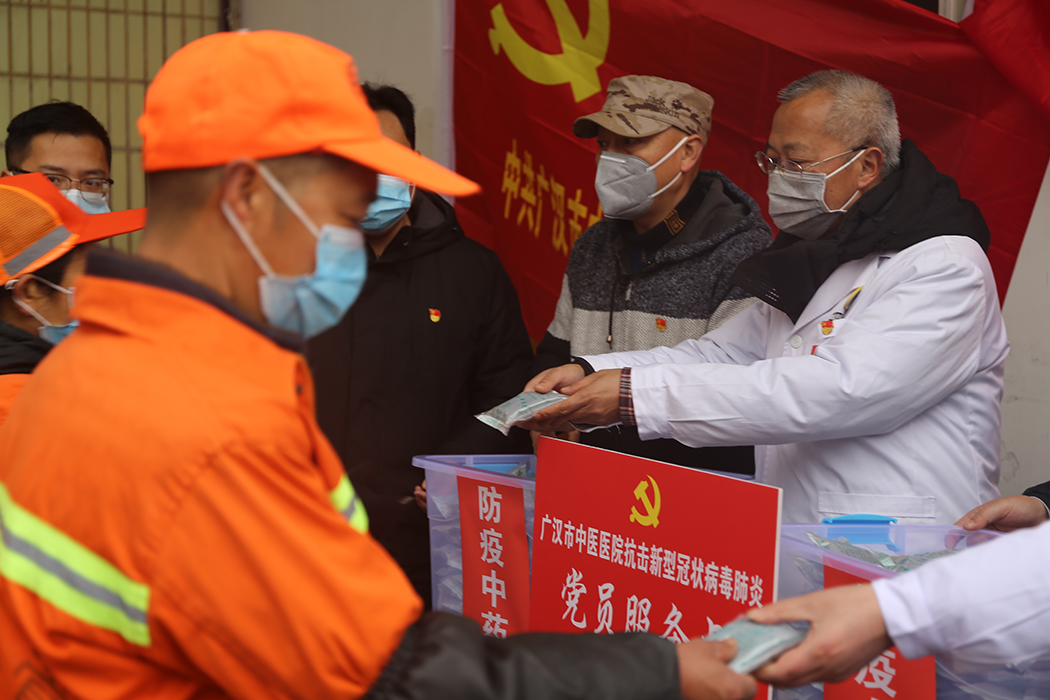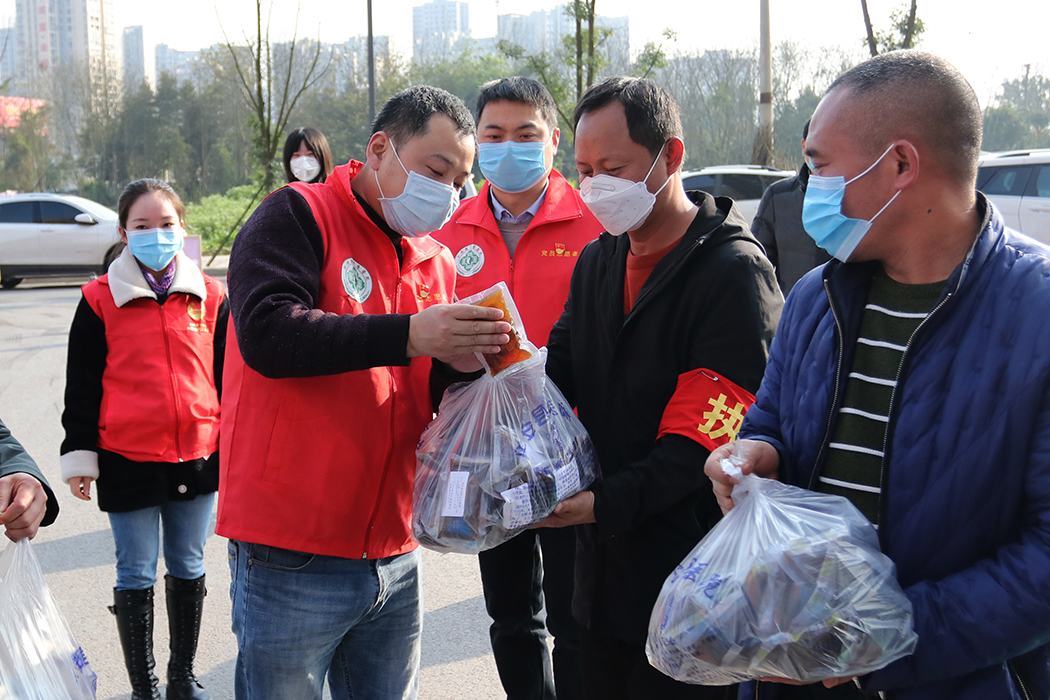There are no specific pharmaceutical interventions to treat the outbreak of COVID-19. Many drugs and vaccines are still in research and development stage and have not been put into clinical use. But in China, researchers have achieved good results in the treatment of COVID-19 with the application of traditional Chinese medicine.
 Traditional Chinese Pharmacists fill the prescription.(Photo/ Sichuan Provincial Administration of Traditional Chinese Medicine)
Traditional Chinese Pharmacists fill the prescription.(Photo/ Sichuan Provincial Administration of Traditional Chinese Medicine)In the newly published "COVID-19 diagnosis and treatment plan (Trial Seventh Edition)", there are more than 60 kinds of traditional Chinese medicine commonly used in treatment. Eighty percent of the patients in China use traditional Chinese Medicine. The treatment of traditional Chinese medicine can shorten the time of the negative conversion of the COVID-19 patients.
 Guanghan Hospital of Traditional Chinese Medicine gives out free TCM decoction to citizens. (Photo/ Sichuan Provincial Administration of Traditional Chinese Medicine)
Guanghan Hospital of Traditional Chinese Medicine gives out free TCM decoction to citizens. (Photo/ Sichuan Provincial Administration of Traditional Chinese Medicine)Sichuan is known as "the hometown of herbalist doctors and the storehouse of traditional Chinese medicine". Sichuan’s traditional Chinese medicine plays an important role in the country. There goes an ancient saying that "No Sichuan herb, no prescription". In Sichuan Province, traditional Chinese medicine has been actively used. "Xinguan No.1", "Xinguan No. 2", and "Xinguan 3" developed by two traditional Chinese medicine hospitals in Sichuan Province have been put to use in the 205 COVID-19 hospitals in the province. Another "Fuzheng KeGan Granule" was approved by the Provincial Drug Administration on March 2. It can be used for the prevention and adjutant treatment of COVID-19.
 Volunteers hand out the TCM decoction to the community workers on duty.( (Photo/ Sichuan Provincial Administration of Traditional Chinese Medicine)
Volunteers hand out the TCM decoction to the community workers on duty.( (Photo/ Sichuan Provincial Administration of Traditional Chinese Medicine)As on March 3, 509 COVID-19 patients have been treated with traditional Chinese medicine in Sichuan. The participation rate was 94.61% and 387 cases were cured by combining Chinese and Western medicine,with the effective rate of 99.21%.(By Edina Liang)




